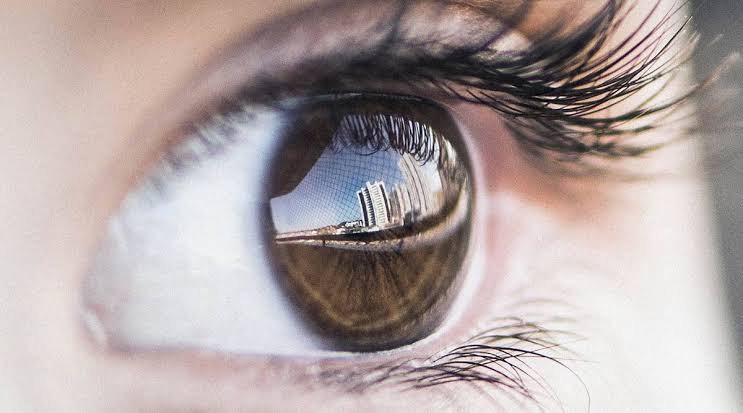FREQUENTLY ASKED QUESTIONS ABOUT EYE DONATION
Q. What is an eye bank?
A. It is the link between donor and recipient/eye surgeon. It is an organization recognized by the government to collect and distribute human eyes to those requiring corneal transplantation.
Q. Who can be an eye donor?
A. Anyone can be a donor irrespective of age, sex or blood group.
Q. Do religious authorities approve of donating one’s eyes?
Yes, all religious faiths support this vital sight restoration program.
Q. Is the whole eye used for transplant?
No. Only the thin transparent layer in front of the iris called the cornea is used for transplant.
Q. What is a cornea?
A. Cornea is a transparent tissue without any blood vessels. A clear cornea enables one to have a good vision.
Q. How is the tissue harvested from a donor?
A. Tissue is retrieved either through enucleation (whole eye ball removal) or corneal excision. Presently many eye banks in the country, retrieve cornea by IN SITU CORNEAL EXCISION PROCEDURE.
This procedure involves removing just the cornea from the whole eye of the deceased/donor.
During corneal excision, the cornea along with the white part of the eye known as the sclera is excised out. Two to three mm scleral rim is excised 360 degrees. The procedure takes 20 to 30 minutes.
The excised cornea is introduced into a preservative medium, the Mc Carey Kaufman medium (MK medium) which is prepared by the Rotary Club of Hyderabad, Cornea Preservation Center of the RIEB and distributed to all eye banks in the country and South East Asian countries.
The MK medium allows preservation of the cornea for a period of 4 days.
Q What is meant by corneal transplantation?
A It is a surgical procedure whereby an impaired cornea of the patient is replaced by a healthy cornea from a donor for gaining the lost vision.
Q How quickly should the corneas/eyes be removed after death?
Corneas/eyes should be removed within 6 hours of demise.
Q Is it necessary to transport the donor to the hospital after death for donating eyes?
A No. The eye bank personnel will go to the donor’s residence and remove the eyes. The procedure takes approximately 20 to 30 minutes.
Q Do cataracts or the use of spectacles render the corneas unfit?
A. No. Both these conditions relate to the lens of the eye and not the cornea.
Q. Does eye donation disfigure the donor’s face?
A. No. The removal of corneas/eyes does not cause disfigurement.
Q. Is there any delay in funeral arrangements?
A. No. Tissue procurement is performed within 20 to 30 minutes. Therefore family members of the deceased may proceed as planned with funeral arrangements.
Q. What conditions render corneas unfit for donations?
A. Corneas of persons suffering from AIDS, jaundice, rabies, syphilis, tetanus, septicemia and viral diseases are considered unfit for donation.
Q. What about diabetes or hypertension?
A. Even donors with these conditions can donate their eyes.
Q. Does the human body reject the transplanted donor cornea?
A. A cornea does not have direct blood supply. Therefore the risk of rejection is very low. If rejection occurs, it can be suppressed by timely medication.
Q How will the donated eyes be used?
A. After the cornea is removed from the whole eye, it is evaluated and then supplied to the eye surgeon for use in a patient.
Q. Is there any use of corneas that are for some reason not utilised for surgery?
A. Corneas that are rejected for technical reasons may be used for research or education purposes.
Q. Will the donor or recipient family be told who donated or received the cornea?
A. No. The Donor - recipient information is maintained confidential.
Q. Will the donor family be given fees?
A. No. It is illegal to buy or sell human eyes, organs or tissues. Any cost involved with cornea retrieval is borne by the eye bank.

